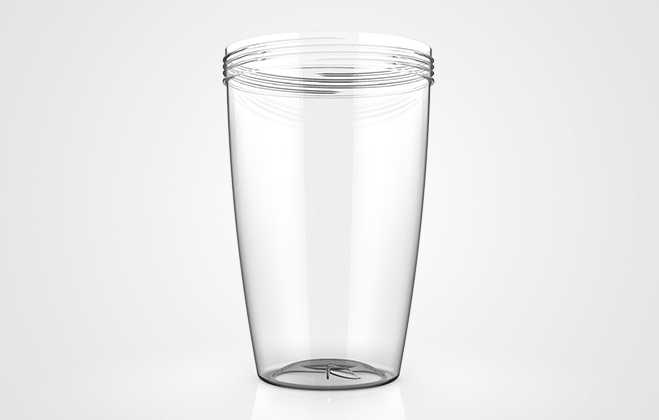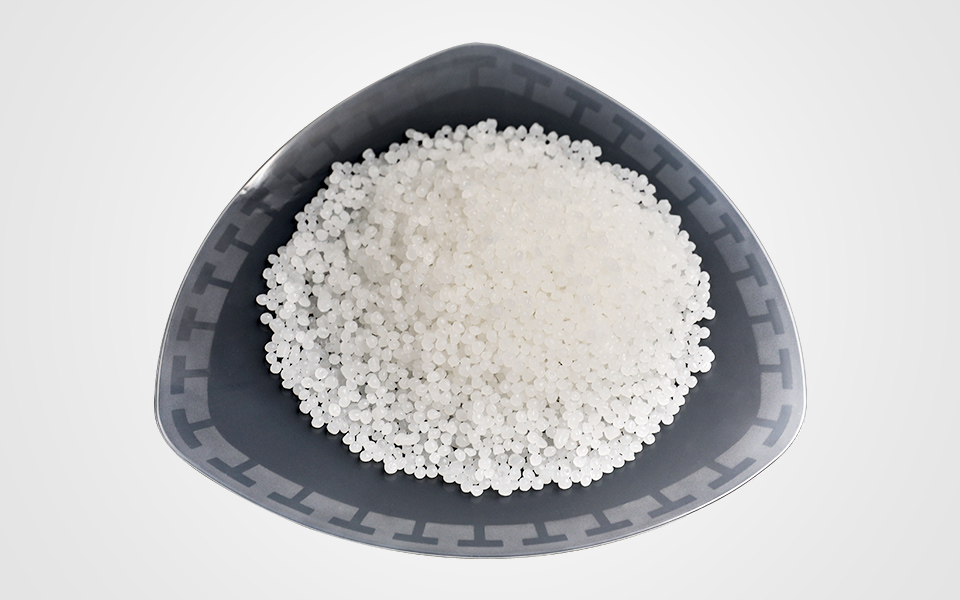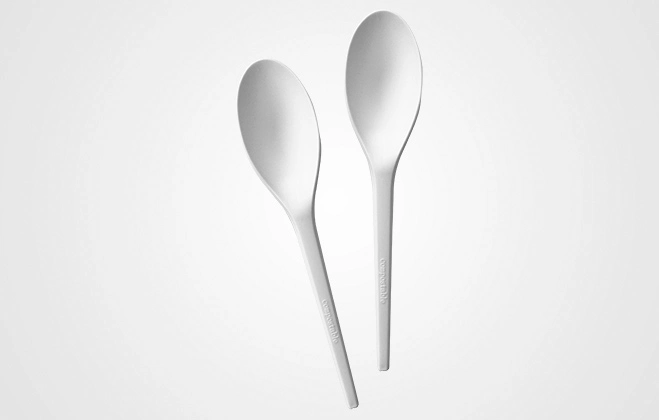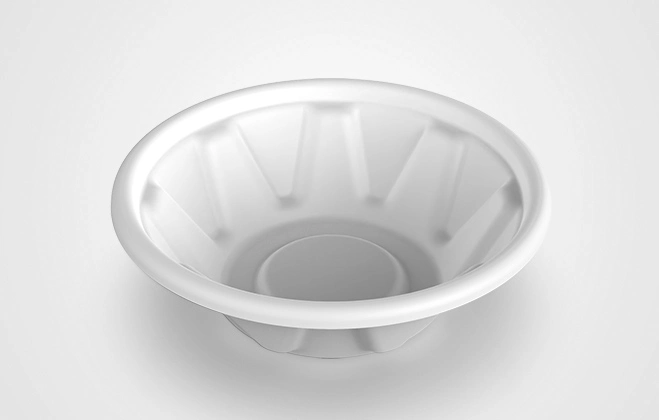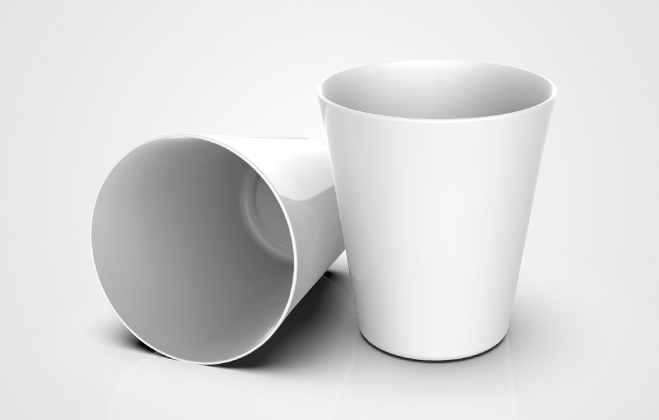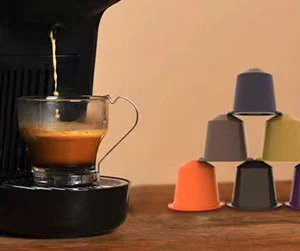Compostable plastics support the separate collection of organic waste. Yet some worry that the debris produced during the decomposition process may not fully biodegrade, leaving persistent microplastics in the compost pile. We added pellets of araliphatic polyester containing polylactic acid to compost and followed its decomposition under industrial composting conditions. We compared the obtained results with polyethylene. The effectiveness of the extraction protocol and ancillary microscopy methods (μ-Raman and fluorescence) were evaluated using blank controls, peak shape controls, and pre-labeled plastics. Fragments sized 25-75 μm represented the most pronounced temporary debris peak, which had been reached after 1 week of industrial composting. Larger particles peaked earlier, while smaller particles peaked later and less frequently. For all sizes of particles, when 90% of the polymer carbon was converted to CO2, the number and quality of particles of all sizes dropped to the blank level. Gel permeation chromatography (GPC) analysis indicated that depolymerization was the main driving force for disintegration. A transient shift in particle composition to a lower PLA ratio was observed. Plastics during biodegradation fragmented according to expected decomposition pathways, but no accumulation of particle fragments of any size was observed.
Key words
Microplastics; Biodegradable; Fragments; Persistence; Compostable
Environmental Impact
Taking specific, environmentally relevant plastics in industrial composting as an example, the assumption of persistent microplastics through biodegradation is overturned. No accumulation of particle fragments of any detectable size was observed. The 25−75 μm size range is the most obvious temporary debris peak. Through a metric conversion of the detection limit, it was estimated that at 90% CO2, ≤ 10 polymer masses were in the 3−25 μm fragment. Erosion seems to dominate for such small particles. This confirms the predictions of Degli-Innocenti et al. Inferred from disintegration and mineralization rates, compostable plastics should have a lower microplastic emission potential. In the comparison we confirmed that LDPE has a higher microplastic emission potential. Clearly, the concept of microplastic emission potential or other models must be improved in terms of particle size counts and quality indicators based on particle size over time. Analysis of a total of 200,000 particles revealed a systematic and progressive transformation of the polymer inside the fragments to a lower percentage of PLA, but neither μ-Raman nor fluorescence microscopy revealed persistent fragments. Field tests observed the absence of compostable plastic fragments in the output of aerobic composting plants, consistent with our studies of fragmentation kinetics. According to our approach, LDPE fragments persist, and field tests reconfirm this assessment. Incompletely degraded debris may enter farmland due to improper handling, especially short aerobic residence time in the anaerobic/aerobic process. In this case, biodegradation in soil is expected to continue due to the measured properties of partially degraded fragments. We can envision subsequent studies of particulate and non-particulate polymer fractions by NMR, possibly supplemented by isotopically detected labeled monomers. In addition, crushing kinetics must be studied in relation to copolymer composition, composting conditions, plastic shape and overall bags and cups. Specifically, it had to be verified whether the correlation of fragmentation kinetics with CO2 evolution also applies to 25 μm films (in bags) or coatings (on paper cups). Comparing the results obtained here with pellets with a surface area 10 times thicker, the compost residence time required for debris counts to return to blank levels would increase by a factor of 10, from 26 weeks to 2.6 weeks (bags and paper cups), but this is still Pending verification.
 English
English 日本語
日本語 한국어
한국어 français
français Deutsch
Deutsch Español
Español русский
русский português
português العربية
العربية ไทย
ไทย Malay
Malay













